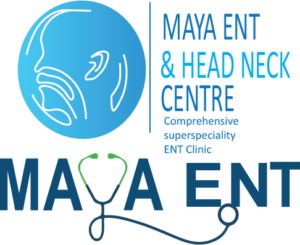Hearing Aid
- Home
- Hearing Aid
Hearing Aid
A hearing aid is a small electronic device that is designed to improve the hearing and communication abilities of individuals with hearing loss. These devices work by amplifying sound and delivering it into the ear, making it easier for people with hearing loss to hear and understand sounds more clearly.
Featured Service
Components: Hearing aids typically consist of three main components: a microphone, an amplifier, and a speaker. The microphone picks up sounds from the environment, the amplifier increases the volume of those sounds, and the speaker delivers the amplified sounds into the ear.
Types: There are several types of hearing aids, including:
- Behind-the-Ear (BTE): These are worn behind the ear and are connected to a custom earpiece that fits inside the ear canal.
- In-the-Ear (ITE): These are custom-made to fit within the ear canal or the outer ear.
- In-the-Canal (ITC) and Completely-in-the-Canal (CIC): These are smaller and fit partially or completely inside the ear canal, making them less visible.
Digital Technology: Most modern hearing aids use digital technology, which allows for precise customization of the amplification to suit the wearer’s specific hearing loss. Digital hearing aids can also reduce background noise and provide better sound quality.
Directional Microphones: Many hearing aids have directional microphones that can focus on sounds coming from a specific direction, which is useful for improving speech understanding in noisy environments.
Telecoils (T-Coils): Some hearing aids have telecoils, which can pick up signals from public loop systems. This is especially helpful in places like theaters, churches, and airports that have loop systems for hearing-impaired individuals.
Bluetooth Connectivity: Many modern hearing aids are equipped with Bluetooth technology, allowing them to connect wirelessly to smartphones, tablets, and other devices. This enables streaming of phone calls, music, and other audio directly into the hearing aids.
Adjustment Period: It often takes time for users to adjust to hearing aids and get used to the amplified sounds. Hearing healthcare professionals work with individuals to fine-tune the devices and provide guidance during this adjustment period.
Maintenance: Hearing aids require regular maintenance, such as cleaning and changing the batteries or recharging them if they are rechargeable. They should also be periodically checked and adjusted by an audiologist.
Benefits: Hearing aids can significantly improve the quality of life for individuals with hearing loss. They help people hear conversations, enjoy music, and participate in social activities more comfortably.
Consultation: If you or someone you know is experiencing hearing loss, it’s important to seek a consultation with an audiologist or hearing healthcare professional. They can assess your hearing and recommend the most appropriate hearing aid based on your specific needs and degree of hearing loss.
About Service
Lead Doctor

